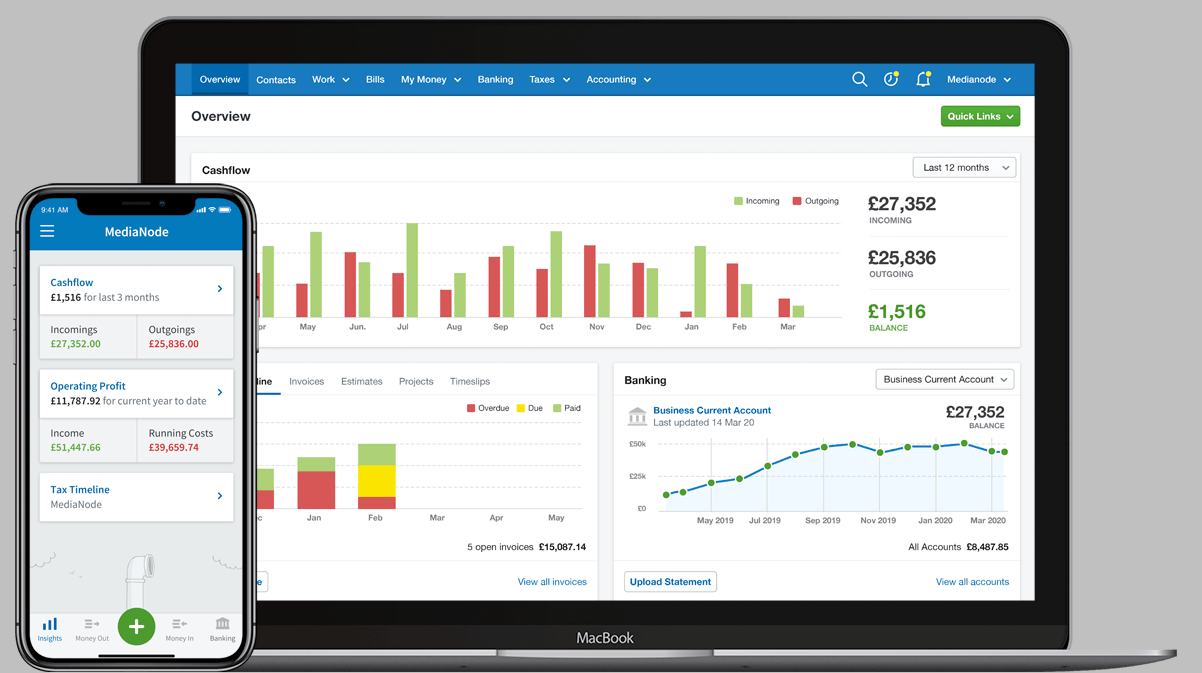Optimizing fire door performance while ensuring accessibility for disabled users is crucial in creating safe and inclusive environments. One of the key aspects of achieving this balance involves using gap gauges to ensure that fire doors are correctly aligned and perform optimally in the event of a fire, while also meeting the needs of individuals with disabilities. Fire doors are essential components of a building’s fire protection system, designed to prevent the spread of smoke and flames between different sections. To function effectively, these doors must maintain specific gaps around their edges. Excessive gaps can compromise their ability to contain fire and smoke, while gaps that are too narrow can hinder accessibility for disabled users. Therefore, finding the right balance is essential. Gap gauges are precision tools used to measure the gaps between a fire door and its frame. By ensuring these gaps are within the specified limits, gap gauges help maintain the integrity of the fire door’s performance. Typically, fire door standards require a gap of no more than 4mm on the latch side and 8mm on the hinge side. These measurements are crucial for ensuring the door closes properly and seals effectively during a fire.
However, for users with disabilities, especially those using wheelchairs or walkers, the door gaps and overall design must also facilitate ease of use. This means that while the door needs to be fire door gap gauge, it must also be accessible. One solution to this challenge is the use of gap gauges designed with accessibility in mind. These specialized gauges not only measure the fire door gaps but also provide additional features to accommodate accessibility requirements. Adjustable gap gauges, for instance, can help in setting the correct gap distance while considering the needs of disabled users. By allowing fine-tuning of the gap sizes, these tools ensure that doors can be adjusted to meet both fire safety standards and accessibility needs. Additionally, gap gauges that include features such as visual indicators or digital displays can make it easier for maintenance personnel to quickly and accurately assess door performance and make necessary adjustments.
Integrating gap gauges with accessibility features can also involve using automated or self-closing mechanisms that ensure doors meet the required gaps while remaining functional for all users. For example, self-closing mechanisms that are adjustable can help ensure that doors close correctly after use, maintaining the required fire safety gap while minimizing the effort needed to open and close the door. Regular maintenance and checks using these optimized gap gauges are essential in ensuring that fire doors remain effective over time. This includes not only measuring gaps but also checking for wear and tear or any obstructions that could affect door performance. By implementing a proactive approach to fire door maintenance and incorporating gap gauges that address both safety and accessibility, building owners can create environments that are both secure and inclusive. In summary, optimizing fire door performance through the use of specialized gap gauges is a critical aspect of ensuring both safety and accessibility. By choosing the right tools and incorporating features that cater to the needs of disabled users, buildings can achieve a balance that upholds fire safety standards while fostering an inclusive environment for everyone.
 Another significant advantage of .NET MAUI is its support for hot reload, enabling developers to see the impact of code changes in real-time without restarting the application. This feature significantly accelerates the development cycle, allowing for rapid iteration and debugging across platforms. The ability to test and refine code quickly enhances the overall development experience, leading to more robust and polished applications. In conclusion, .NET MAUI is a game-changer for cross-platform app development, simplifying codebase and amplifying the reach of developers by enabling them to create native applications for multiple platforms with a single codebase. Its unified approach, extensive pre-built components and support for hot reload make it a powerful and efficient framework for modern application development, empowering developers to bring their ideas to a broader audience without the complexities traditionally associated with cross-platform development and pop over to these guys
Another significant advantage of .NET MAUI is its support for hot reload, enabling developers to see the impact of code changes in real-time without restarting the application. This feature significantly accelerates the development cycle, allowing for rapid iteration and debugging across platforms. The ability to test and refine code quickly enhances the overall development experience, leading to more robust and polished applications. In conclusion, .NET MAUI is a game-changer for cross-platform app development, simplifying codebase and amplifying the reach of developers by enabling them to create native applications for multiple platforms with a single codebase. Its unified approach, extensive pre-built components and support for hot reload make it a powerful and efficient framework for modern application development, empowering developers to bring their ideas to a broader audience without the complexities traditionally associated with cross-platform development and pop over to these guys
 Are you looking for a cozy apartment that simplifies city living, or does a spacious single-family house with a sprawling yard better align with your vision of home? Condominiums, townhouses and duplexes offer unique advantages, each catering to various needs and preferences. Your ideal home might feature an open concept kitchen for culinary enthusiasts or a backyard oasis for gardening and relaxation. The number of bedrooms and bathrooms, layout and architectural style all contribute to the feeling of belonging and comfort in your new space. In today’s real estate market, it is essential to stay informed about available properties. Online platforms and real estate agents can be invaluable resources, helping you navigate the listings to find your perfect match. Factors such as budget, property condition and potential for customization will guide your decision-making process. It is not just about finding
Are you looking for a cozy apartment that simplifies city living, or does a spacious single-family house with a sprawling yard better align with your vision of home? Condominiums, townhouses and duplexes offer unique advantages, each catering to various needs and preferences. Your ideal home might feature an open concept kitchen for culinary enthusiasts or a backyard oasis for gardening and relaxation. The number of bedrooms and bathrooms, layout and architectural style all contribute to the feeling of belonging and comfort in your new space. In today’s real estate market, it is essential to stay informed about available properties. Online platforms and real estate agents can be invaluable resources, helping you navigate the listings to find your perfect match. Factors such as budget, property condition and potential for customization will guide your decision-making process. It is not just about finding  Consider the healthcare sector, where telemedicine and digital health solutions have revolutionized patient care. Remote consultations and wearable health devices have bridged gaps between doctors and patients, making healthcare more accessible and efficient. Similarly, in education, digital platforms have democratized learning by offering online courses and resources, breaking down barriers to education and equipping individuals with new skills for the modern world. The business landscape has been profoundly shaped by digital innovation. E-commerce platforms have transformed the way goods and services are bought and sold, offering personalized experiences and global market access. Data analytics and artificial intelligence have empowered businesses to make informed decisions, optimize operations, and tailor offerings to individual preferences. The concept of the virtual storefront has become a tangible source of revenue generation and customer engagement. Yet, this journey into digital innovation is not without challenges. Privacy concerns, cyber security threats, and the digital divide underscore the importance of responsible technological advancement.
Consider the healthcare sector, where telemedicine and digital health solutions have revolutionized patient care. Remote consultations and wearable health devices have bridged gaps between doctors and patients, making healthcare more accessible and efficient. Similarly, in education, digital platforms have democratized learning by offering online courses and resources, breaking down barriers to education and equipping individuals with new skills for the modern world. The business landscape has been profoundly shaped by digital innovation. E-commerce platforms have transformed the way goods and services are bought and sold, offering personalized experiences and global market access. Data analytics and artificial intelligence have empowered businesses to make informed decisions, optimize operations, and tailor offerings to individual preferences. The concept of the virtual storefront has become a tangible source of revenue generation and customer engagement. Yet, this journey into digital innovation is not without challenges. Privacy concerns, cyber security threats, and the digital divide underscore the importance of responsible technological advancement.

 At the point when you are feeling tense and worried Amanita muscaria makes gentle narcotic impacts and may assist with decreasing nervousness with quieting unwinding impacts. The mushroom gummies can decidedly impact your general prosperity, as they give different quieting advantages to mitigate tension side effects and upgrade the nature of your supportive rest, leaving you feeling revived and renewed. Consuming mushroom gummies can emphatically affect your general prosperity, as they offer various alleviating benefits advancing better rest, entire body unwinding, and a superior nature of supportive rest. Our mushrooms are plant-based, allergen, and sans gluten. It is really smart to understand names and pick top notch mushroom gummies that have been tried for virtue and intensity.
At the point when you are feeling tense and worried Amanita muscaria makes gentle narcotic impacts and may assist with decreasing nervousness with quieting unwinding impacts. The mushroom gummies can decidedly impact your general prosperity, as they give different quieting advantages to mitigate tension side effects and upgrade the nature of your supportive rest, leaving you feeling revived and renewed. Consuming mushroom gummies can emphatically affect your general prosperity, as they offer various alleviating benefits advancing better rest, entire body unwinding, and a superior nature of supportive rest. Our mushrooms are plant-based, allergen, and sans gluten. It is really smart to understand names and pick top notch mushroom gummies that have been tried for virtue and intensity.
